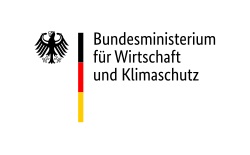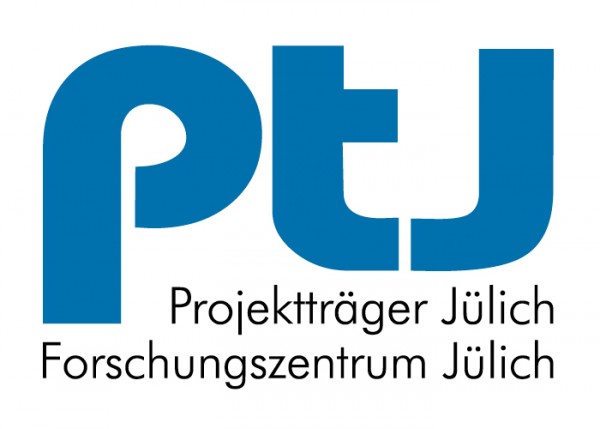Veröffentlichungen
| [1] | Fleischer, J.; Herrmann, H.; Vielhaber, M.; Scholz, J.; Kaspar, J.; Ruhland, P. & Coutandin, S. (2021), „Leichtbau ganzheitlich denken“, S. 70-71. 10.37544/0042-1766-2021-07-08-70 Abstract Der forcierte Einsatz eines systematischen Leichtbaus wird in vielen Branchen durch fehlende Ansätze zur ganzheitlichen Bewertung der konstruktiven, fertigungs- und werkstofftechnischen Leichtbaumaßnahmen gehemmt. Das vom BMWi geförderte Projekt SyProLei verfolgt daher das Ziel, eine Methodik zu erarbeiten, die eine effektive und zugleich effiziente Entwicklung technisch, wirtschaftlich und ökologisch attraktiver Leichtbau-Produkte erm?glicht. |
|
| [2] | (2021), „Konzept eines systemischen Entwicklungsprozess zur Hebung von Leichtbaupotenzialen“, ZWF, Band 116, Nr. 11, S. 797-800. 10.1515/zwf-2021-0182 Abstract Abseits der klassischen Leichtbaubranchen ist eine gezielte Gewichtsreduktion aufgrund der Mehrkosten trotz ihrer großen Potentiale stark gehemmt. In dieser Arbeit wird ein Konzept für einen systemischen Leichtbauentwicklungsprozess vorgestellt, der es ermöglichen soll leichtere Produkte effizient zu entwickeln. Der Fokus liegt auf der integrierten Betrachtung der Domänen Produkt, Produktion, Werkstoff und Fügetechnologie. |
|
| [3] | Kaspar, J.; König, K.; Scholz, J.; Quirin, S.; Kleiner, S.; Fleischer, J.; Herrmann, H. & Vielhaber, M. (2022), „SyProLei – A systematic product development process to exploit lightweight potentials while considering costs and CO2 emissions“. Procedia CIRP, Elsevier, S. 520-525. 10.1016/j.procir.2022.05.288 Abstract In lightweight design, developers are used to face the conflicting objectives of functional fulfillment, economic performance, and sustainability. Against this background, however, a clearly structured approach for the satisfied use of lightweight engineering methods within a product development is still missing. Thus, this contribution deals with the fundamental conception and first implementation of a systematic development methodology covering the disciplines of mechanics, electrics/electronics and software just like the focus on an integrated view on product, production and material aspects. To ensure an application-specific manifestation of the product development process for three different use cases from small and medium-sized enterprises but also large corporations in the area of prosthetics, bike construction and plant engineering, the individually developed methods and tools are generalized in order to make them adaptable to a wide variety of industries. As a result, one lightweight-specific method or tool (e.g., function mass analysis, “PPM solution correlator“ or “2D layout & weight drafting”) is introduced in more detail for all stages of the technically extended RFL(T)P approach derived from model-based systems engineering (MBSE). |


